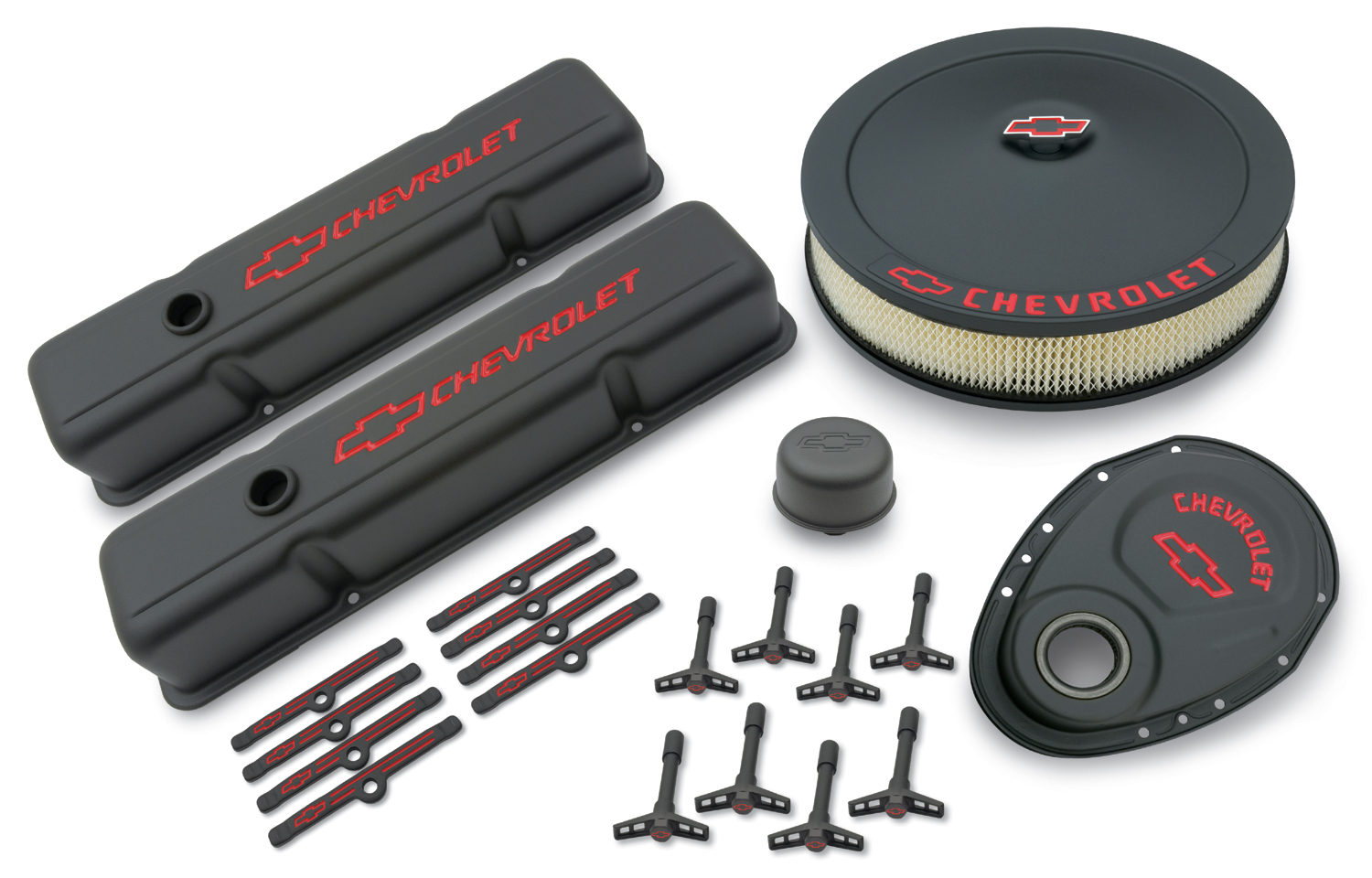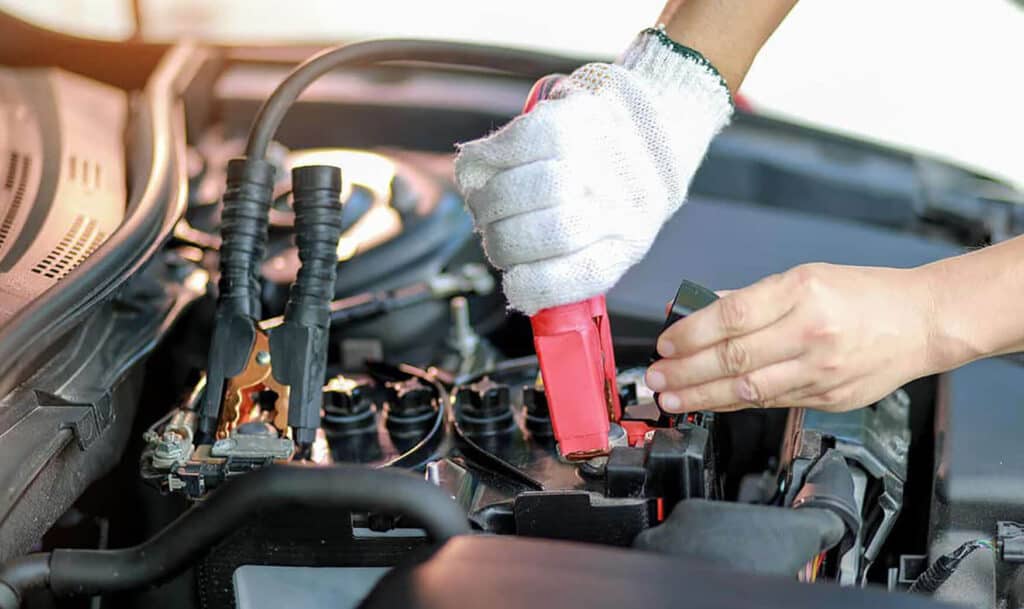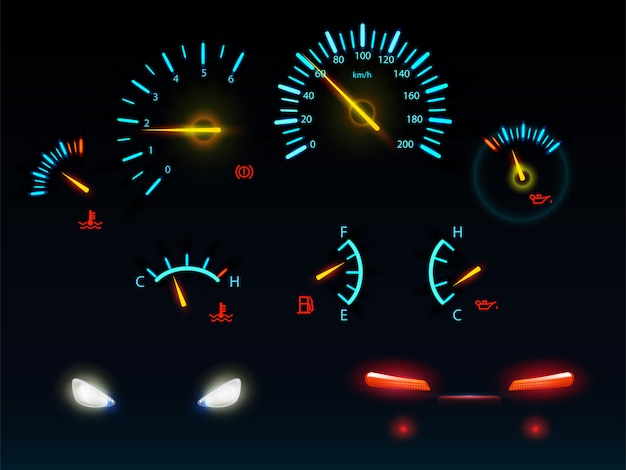Fuel costs are a major expense for any company that operates a car fleet. Not only does it impact your bottom line, but it also contributes to environmental concerns.
But there’s good news! By implementing a few strategic practices, you can significantly improve your fleet’s fuel efficiency, saving costs and reducing your environmental footprint.
This blog will explore a comprehensive approach to fuel efficiency for car fleet management. Get ready to learn how to optimize your fleet, save on fuel costs, and operate a more sustainable business!
Table of Contents
1. Make Smart Vehicle Choices
The fuel efficiency of your fleet starts with the vehicles themselves. Let’s explore how strategic car selection can significantly improve your mpg.
The type of vehicle: Different car models have varying fuel efficiency ratings measured in miles per gallon (mpg). Cars with smaller engines, lighter weight, and aerodynamic design typically achieve better mpg.
Prioritize fuel-efficient models: When replacing vehicles in your fleet, prioritize car models known for their high MPG. Research and compare fuel economy ratings of different models before making a purchase decision.
Consider electric vehicles (EVs) or hybrids: For certain applications in your fleet, electric vehicles (EVs) or hybrid vehicles can be even more fuel-efficient options. However, factors like charging infrastructure availability and suitability for specific driving needs should be considered before opting for EVs.
2. Implement a Maintenance Schedule
Just like the human body functions best with regular checkups, your car fleet performs optimally with a rigorous maintenance schedule.
Here’s why sticking to a plan is crucial for fuel efficiency:
Reduced Friction: Regular maintenance ensures components like engine oil and air filters are clean and functioning properly. This minimizes friction within the engine, allowing it to operate more smoothly and efficiently, ultimately leading to better gas mileage.
Optimal Engine Performance: Scheduled maintenance checks address minor issues before they snowball into major problems. A well-maintained engine runs at peak performance, maximizing fuel efficiency compared to an engine burdened with neglected maintenance needs.
Improved Component Lifespan: Following a maintenance schedule extends the lifespan of crucial engine components like spark plugs and belts. Worn-out parts can significantly decrease fuel efficiency. By replacing them proactively, you ensure your fleet operates at its most efficient level.
3. Fuel Efficient Driving
While you can optimize your fleet with fuel-efficient vehicles, a significant portion of fuel efficiency relies on driver behavior. This point emphasizes the importance of encouraging eco-friendly driving habits among your drivers.
Let’s see why this matters:
Driver behavior impacts fuel consumption: Aggressive acceleration, harsh braking, and excessive idling all contribute to wasted fuel.
Promoting eco-driving techniques: By encouraging practices like smooth acceleration, maintaining consistent speeds, and minimizing idling, you can significantly reduce fuel consumption across your fleet.
Driver training programs: Consider implementing driver training programs specifically focused on eco-driving techniques. These programs can equip your drivers with the knowledge and skills to operate their vehicles in a fuel-efficient manner.
4. Optimize Routes and Reduce Idling
Every unnecessary mile driven translates to wasted fuel. This point tackles two key strategies to minimize wasted fuel:
Route Optimization: Traditional route planning can be inefficient, leading to drivers taking longer routes or getting stuck in traffic. Fleet management software with route optimization features uses real-time traffic data and historical patterns to plan the most efficient routes for deliveries or service calls. This reduces the total distance driven by your fleet, saving fuel and driver time.
Reduce Idling: Idling occurs when an engine is running, but the car isn’t moving. This is a major contributor to wasted fuel, especially during deliveries or service calls with frequent stops. Fleet management software can help set limits on idling time and send alerts to drivers reminding them to turn off the engine during extended stops. It also helps to monitor idling patterns to identify problem areas and implement targeted solutions.
5. Advanced Fuel Management Solutions
Fuel costs can fluctuate significantly depending on market conditions and supplier agreements. Here’s a breakdown of strategies car fleet managers can use to optimize fuel purchases and further reduce expenses:
Bulk Fuel Purchasing: Negotiate with fuel suppliers to purchase fuel in bulk quantities. This can lead to significant cost savings, especially for fleets with high fuel consumption. However, sufficient storage capacity and planning are required to ensure fuel doesn’t go bad before being used.
Fuel Card Programs: Utilize fleet fuel cards issued by specific providers. These cards offer benefits like centralized billing, fuel purchase control, and streamlined expense management.
Fuel Management Software Integration: Integrate fleet management software with fuel card programs. This allows for automatic data capture of fuel purchases, streamlining reporting, and identifying potential areas for cost savings.
6. Embrace Telematics for Fuel Management
Telematics refers to the use of technology to collect and analyze data related to your vehicles. In the context of car fleet management, telematics systems are installed in each vehicle to track various aspects of its operation.
Here’s how telematics helps with fuel efficiency:
Gain Valuable Insights: Telematics systems provide detailed data on fuel consumption patterns. You can see which vehicles are using the most fuel, identify inefficient routes, and pinpoint instances of excessive idling.
Targeted Strategies: With this data, you can develop targeted fuel management strategies. For example, you might identify a driver who frequently idles for extended periods and provides coaching on fuel-efficient practices.
Monitor Driver Behavior: Telematics data can reveal driver behaviors that contribute to poor fuel efficiency, such as harsh acceleration or speeding. You can use this information to implement driver training programs that promote eco-friendly driving habits.
Improved Maintenance: Telematics data can also help with car fleet maintenance. By monitoring engine performance and diagnostics, you can identify potential issues early on, preventing problems that could lead to decreased fuel efficiency.
Conclusion
In conclusion, improving your fleet’s fuel efficiency is a multi-pronged approach that requires a combination of strategic vehicle selection, meticulous maintenance, driver training, and leveraging technology. By implementing the strategies outlined in this blog, you can significantly reduce fuel costs, minimize your environmental impact, and optimize the overall performance of your car fleet. Remember, every gallon saved translates to both financial savings and a greener future for all.












